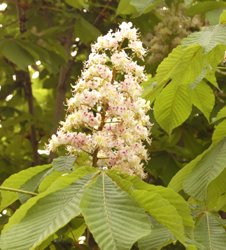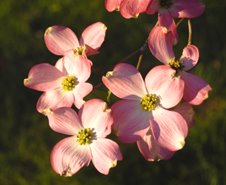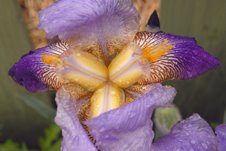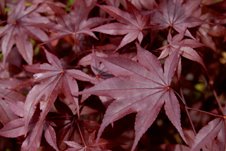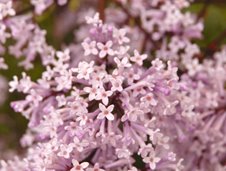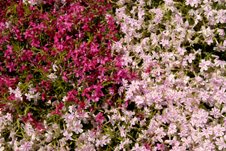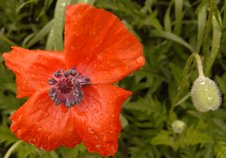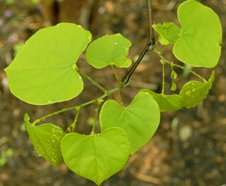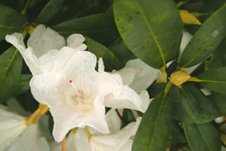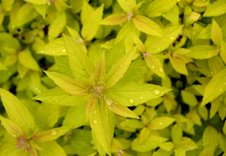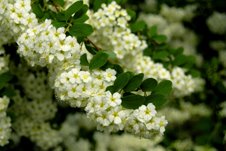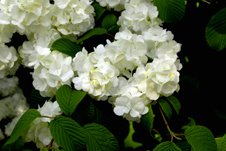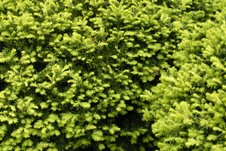"At the recommendation of a friend, I hired Attila to turn a front yard that was a thistle-filled chaos into a place of order and beauty.He is reliable, efficient, knowledgeable, and enormously competent. I count on him absolutely and am always delighted with both his suggestions and his results. My house is now truly surrounded with beauty because of Attila's steady, careful, thoughtful work. I wouldn't know what to do without him, and I recommend him highly to others."
--Marsha Dutton
"We'd been told by our neighbors that Attila was fabulous, so we called him. He came over immediately and gave us recommendations and we at once found out how knowledgeable, caring and willing to please he was. Now we have landscaping that we are proud of. Both my wife and I wholeheartedly recommend Attila's Landscaping!"
--John Gutekanst
What Attila's Landscaping Does
- spring and fall clean up
- mulching
- design and installation
- regular maintenance
- lawn mowing
- tree pruning
- lawn alternatives
- small paving and wall projects
- material delivery for do-it-yourself projects
The Making Athens Beautiful Blog: Monthly Maintenance For A Yard That Always Looks Great
No matter how much you invest in landscaping, your yard will continue to look good only if it's maintained regularly. Beds need to be weeded and mulched, shrubs need to be sheared, spent blossoms need to be snipped, and trees need to be pruned for everything to look their best. That's where my monthly maintenance plan comes in; I'll get the yard in shape, then I'll come back once a month for the rest of the growing season to keep up on the initial work. By having the weeding and other maintenance done frequently, your yard never gets out of hand with weeds or scruffy looking plants. For some small yards, the monthly input required is less than an hour of my time, but even for larger yards, the cost of regular maintenance is modest; it's certainly cheaper than having a yard fall into chaos after not doing anything for a long time and then having to use a pick-axe just to dig out a weed. With the monthly maintenance plan, you can leave everything to me and know the yard will always look good.
The Making Athens Beautiful Blog: Getting It Done This Year
When spring arrives it’s time to start thinking about the year’s landscaping projects. All the stuff you were thinking about getting done last year that never happened – make it happen this year. The project you started on your own last summer but never finished – it’s clear that you just don’t have the time to do it yourself. I can help.
Whether you want an entirely new yard or someone to keep your place weeded and mowed, give me a call and we can discuss how to make your yard look its best.
Whether you want an entirely new yard or someone to keep your place weeded and mowed, give me a call and we can discuss how to make your yard look its best.
The Making Athens Beautiful Blog: Shrub Trimming
If you want your shrubs to look dense and to fit into the space allotted for them, regular shearing is a must; once a year is a good rule of thumb.
First of all, the time of year when you trim is important for shrubs with showy flowers. Shearing should be done soon after the major blooming is done. If you wait more than a few weeks after blooming, you run the risk of cutting off the formations for next year’s flowers. It’s a shame to have a shrub planted for its blooms not have any flowers for a season. Though the plant won’t be harmed, a badly timed shearing will deprive you (and the bees) of the flowers you’re looking forward to.
When to trim many evergreens or deciduous shrubs prized more for foliage is not as important – but the tool used for the shearing matters. I never use motorized trimmers. They’re a blunt instrument, and the blades get so hot they can burn as they cut. Old-fashioned hand shears are what I use. They allow more precision and don’t burn the shrub. Plus they’re quiet and don’t pollute, unlike the electric or gas powered tools.
Some shearing jobs demand just a gentle snipping, but sometimes cutting a lot off is called for – if a shrub is blocking a walkway or a door for example. Some shrubs can handle a major cutting; some will be scarred for life or just die. It’s important to know how particular species respond, which is why calling a pro is a good idea before performing major shrub surgery yourself.
First of all, the time of year when you trim is important for shrubs with showy flowers. Shearing should be done soon after the major blooming is done. If you wait more than a few weeks after blooming, you run the risk of cutting off the formations for next year’s flowers. It’s a shame to have a shrub planted for its blooms not have any flowers for a season. Though the plant won’t be harmed, a badly timed shearing will deprive you (and the bees) of the flowers you’re looking forward to.
When to trim many evergreens or deciduous shrubs prized more for foliage is not as important – but the tool used for the shearing matters. I never use motorized trimmers. They’re a blunt instrument, and the blades get so hot they can burn as they cut. Old-fashioned hand shears are what I use. They allow more precision and don’t burn the shrub. Plus they’re quiet and don’t pollute, unlike the electric or gas powered tools.
Some shearing jobs demand just a gentle snipping, but sometimes cutting a lot off is called for – if a shrub is blocking a walkway or a door for example. Some shrubs can handle a major cutting; some will be scarred for life or just die. It’s important to know how particular species respond, which is why calling a pro is a good idea before performing major shrub surgery yourself.
The Making Athens Beautiful Blog: Selective Weeding
Here's a way to get free flowers; just let them grow!
A trick that I employ with some of my regular yard maintenance clients (and in my own home garden) is what I call "selective weeding." This means I play favorites with the plants that grow wild in strategic places, like an otherwise empty spot in a shrub bed. For example, next to my patch of blueberry bushes in my home garden, wild violets grow well. They used to be mixed up with random grasses and dandelions, but I've been pulling those for about a year. In that time, the violets have taken over this spot and now I have a patch of lush ground cover with purple flowers in spring.
This takes longer than digging up weeds and buying flowers at a nursery, but this approach has advantages. It's cheap - and since you're selecting wild plants, they're super tough, requiring no watering or special attention other than yanking their competitors from your selected area.
I have selective weeded for other plants as well, including lambsquarters, (an edible also known as wild spinach) wild strawberries, (an excellent groundcover) and wood sorrel (wild salad green with a green apple flavor).
Remember, some plants that come up on their own are worth keeping!
A trick that I employ with some of my regular yard maintenance clients (and in my own home garden) is what I call "selective weeding." This means I play favorites with the plants that grow wild in strategic places, like an otherwise empty spot in a shrub bed. For example, next to my patch of blueberry bushes in my home garden, wild violets grow well. They used to be mixed up with random grasses and dandelions, but I've been pulling those for about a year. In that time, the violets have taken over this spot and now I have a patch of lush ground cover with purple flowers in spring.
This takes longer than digging up weeds and buying flowers at a nursery, but this approach has advantages. It's cheap - and since you're selecting wild plants, they're super tough, requiring no watering or special attention other than yanking their competitors from your selected area.
I have selective weeded for other plants as well, including lambsquarters, (an edible also known as wild spinach) wild strawberries, (an excellent groundcover) and wood sorrel (wild salad green with a green apple flavor).
Remember, some plants that come up on their own are worth keeping!
The Making Athens Beautiful Blog: Selective Weeding
Free flowers. Here’s a way to get ‘em. Just let them grow!
A trick that I employ with some of my regular yard maintenance clients (and at my own house) is something I call “selective weeding.” This means that I play favorites with the plants that grow wild in good places, like an otherwise empty spot in a shrub bed. My goal is to encourage growth of a desirable wild plant to fill that space. For example, next to my patch of blueberry bushes in my home garden, wild violets were doing well. They were mixed up with dandelions and random grasses, which I have been pulling for about a year. In that time, the violets have taken over this spot and now I have a lovely patch of lush ground cover and purple flowers. Obviously, this takes longer than just digging up all the weeds, buying a few flats of flowers at a nursery and planting them, but this approach has advantages. It’s cheap – and since you’re selecting wild plants, they’re super tough, requiring no watering or special attention other than yanking their competitors from your selected area.
Other than selective weeding for violets, I’ve also done this for lambsquarters, (an edible also known as wild spinach) wild strawberries, (an excellent groundcover) and wood sorrel (delicious wild salad green with delicate yellow flowers). Remember, not everything that comes up on its own is undesirable!
Subscribe to:
Comments (Atom)





